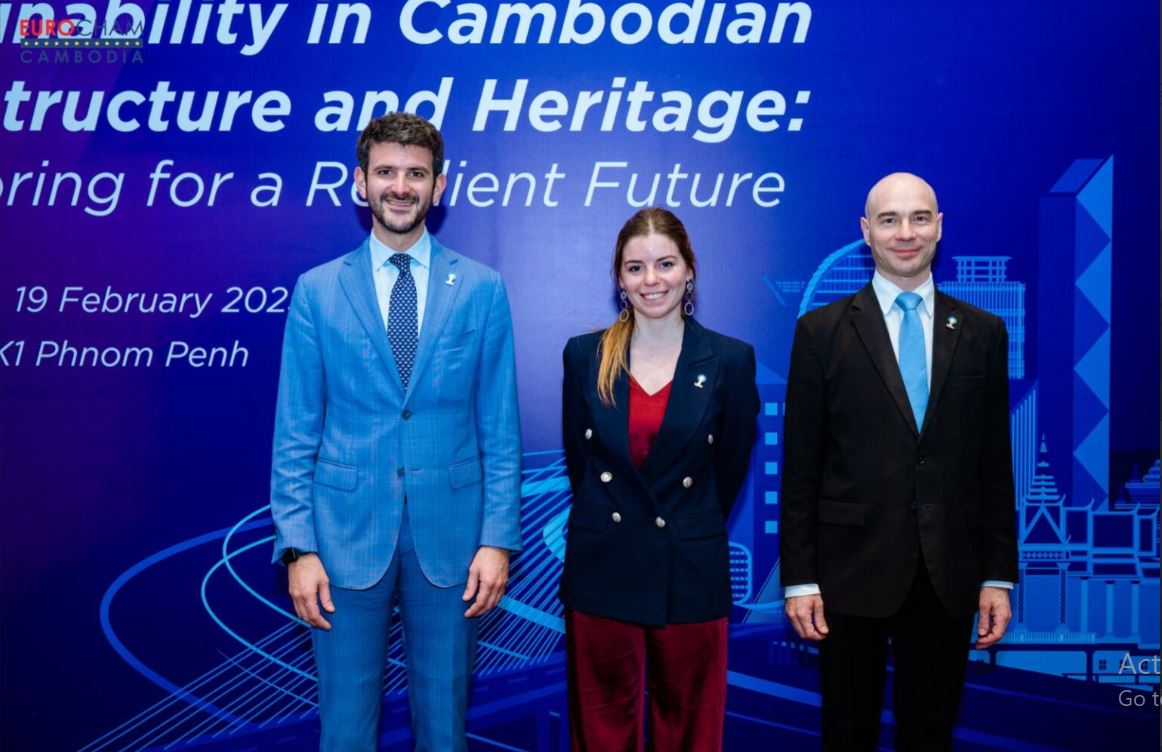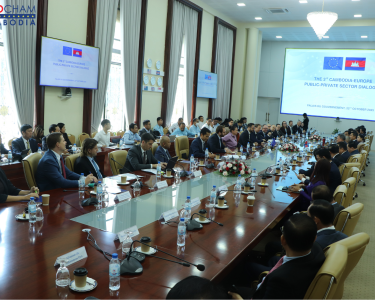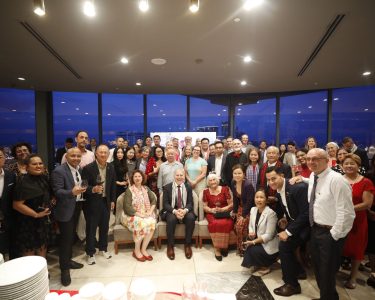Cambodia Investment Review
Italian technology firm Nplus has taken a leading role in discussions on sustainability and resilience in Cambodian infrastructure and heritage conservation through its participation in the High-Level Dialogue on Sustainability in Cambodian Infrastructure and Heritage: Monitoring for a Resilient Future. The event, organized by EuroCham Cambodia’s national chapter, ItaCham, brought together government officials, industry leaders, and international experts at Novotel BKK1 in Phnom Penh to explore the role of Structural Health Monitoring (SHM) in safeguarding Cambodia’s infrastructure and historical landmarks.
Advancing Infrastructure Through Innovation
With Cambodia rapidly developing its urban centers and expanding its infrastructure network, SHM technologies are seen as a critical tool for ensuring safety, efficiency, and longevity. The event underscored how integrating real-time monitoring systems can support sustainable development while protecting cultural heritage sites.
Martin Brisson, Executive Director of EuroCham Cambodia, opened the dialogue by highlighting the importance of embracing cutting-edge technologies for long-term resilience. He stressed that Cambodia’s commitment to innovation and smart urban development positions the country to adopt modern SHM solutions effectively.
Nplus Showcases Global Expertise in Structural Health Monitoring
Representing Nplus, President Giordano Riello emphasized the shared cultural heritage between Italy and Cambodia and the significance of SHM in both historic preservation and modern infrastructure. He noted that Cambodia’s growing focus on advanced monitoring solutions makes it a promising leader in smart infrastructure management.
A key highlight of the event was the keynote address by Dr. Francesca Brighenti, International Sales Director at Nplus and SHM Specialist. Dr. Brighenti, who holds a PhD from the University of Trento, presented global case studies showcasing the benefits of SHM technologies, particularly in preventative maintenance, cost reduction, and safety enhancements for key infrastructure such as bridges, viaducts, and historical structures.
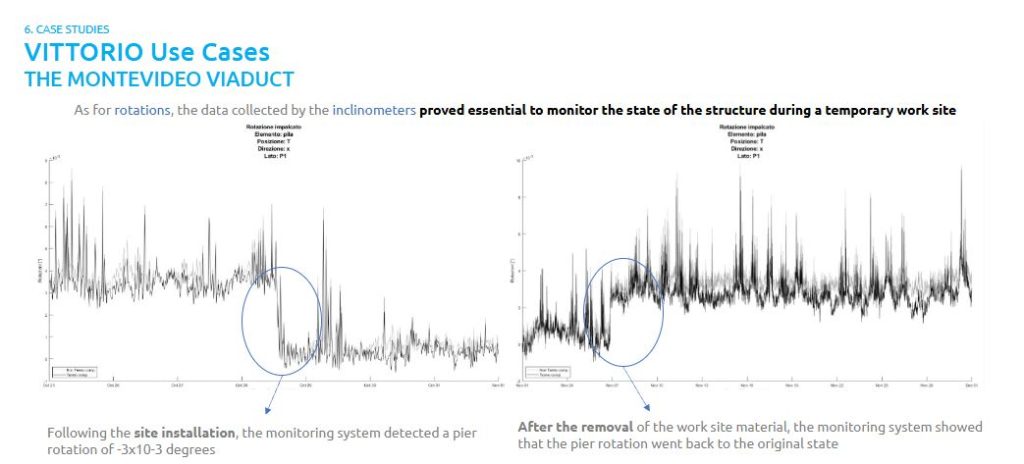
Among the key insights she shared:
- Optimized maintenance through real-time monitoring, preventing structural deterioration.
- Cost savings by using data-driven predictive maintenance strategies.
- Enhanced safety for critical infrastructure, reducing risks and extending lifespans.
She also emphasized the potential of SHM in preserving Cambodia’s architectural heritage, demonstrating how advanced monitoring can help protect the country’s temples, colonial-era buildings, and key urban developments.
One of the event’s standout moments was Nplus’ case study on the Milan Cathedral (Duomo di Milano). This example illustrated how Italy’s experience in SHM could serve as a model for Cambodia, reinforcing opportunities for technical collaboration between the two nations.
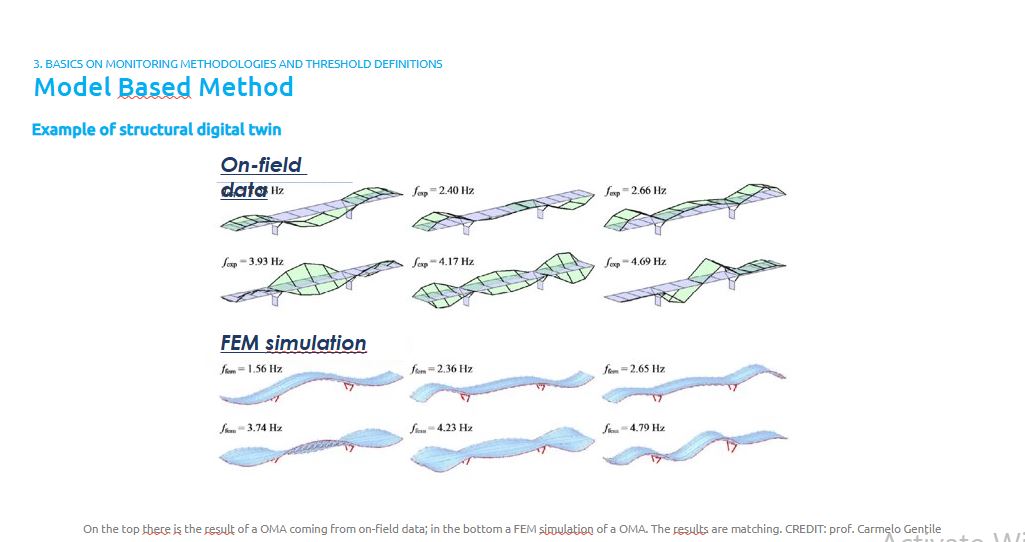
Industry Experts Highlight Importance of SHM in Cambodia
The conference featured a panel discussion with leading Cambodian and international experts, offering insights into the intersection of technology, infrastructure, and heritage conservation:
- H.E. Ly Vanna, Under Secretary of State, Ministry of Culture and Fine Arts, highlighted the need for advanced monitoring in preserving Cambodia’s historical sites.
- H.E. Tan Sokchea, Director General, General Department of Potable Water (Ministry of Industry, Science, Technology & Innovation), emphasized SHM’s role in ensuring the safety of Cambodia’s water infrastructure.
- Prof. Sokuntheary So, Norton University, shared her expertise on architectural heritage preservation.
- Mr. Alessandro Mangano, Partner at Architectural Engineering Consultants, presented his experience in SHM for the Colosseum in Rome, reinforcing how similar methodologies could support modern Cambodian developments.
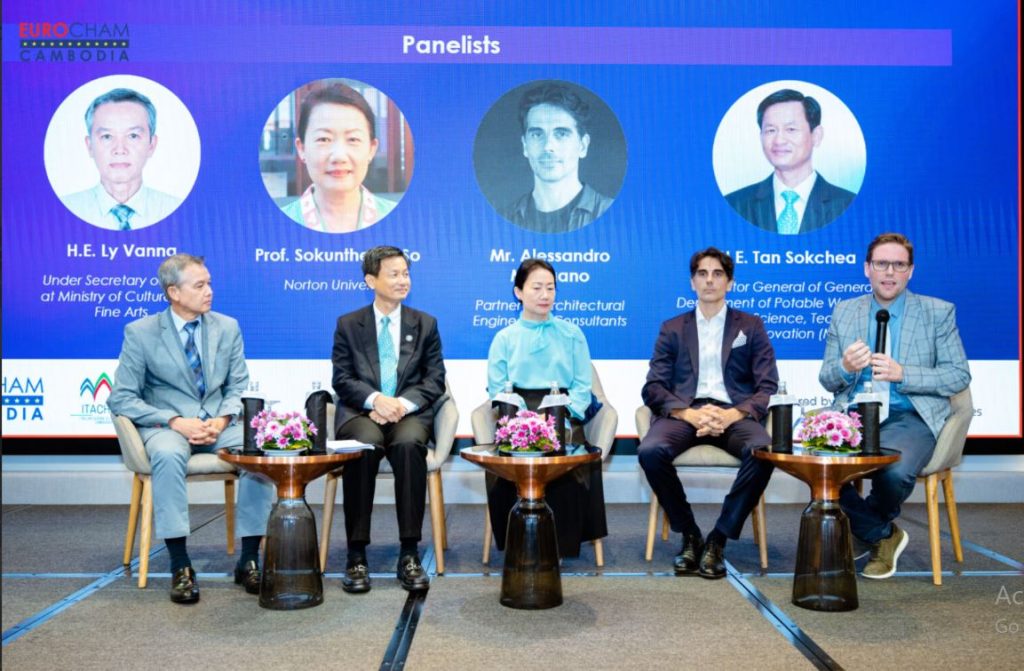
Moderated by Prof. Riccardo Corrado, Associate Professor at CamEd Business School and Vice-President of ItaCham, the discussion explored the economic benefits of SHM, particularly in reducing maintenance costs and supporting long-term infrastructure planning.
Closing remarks were delivered by Fabio Cardani, Nplus Business Development Manager for Southeast Asia, who highlighted the parallels between Italy and Cambodia as two nations with deep cultural histories and strong commitments to innovation. He noted that SHM is essential in anticipating and preventing infrastructure challenges, ensuring resilience for future generations.
Strengthening Regional and Global Cooperation
The High-Level Dialogue attracted over 80 in-person attendees, with additional experts joining remotely from South Korea, Malaysia, and Indonesia, demonstrating strong international interest in SHM applications for infrastructure and cultural heritage protection.
As Cambodia continues to modernize, the discussions initiated by Nplus and ItaCham set the stage for greater collaboration between Italian and Cambodian experts. With a commitment to bridging tradition and modernity, Nplus remains dedicated to advancing SHM solutions that support sustainable infrastructure and heritage conservation.


